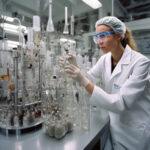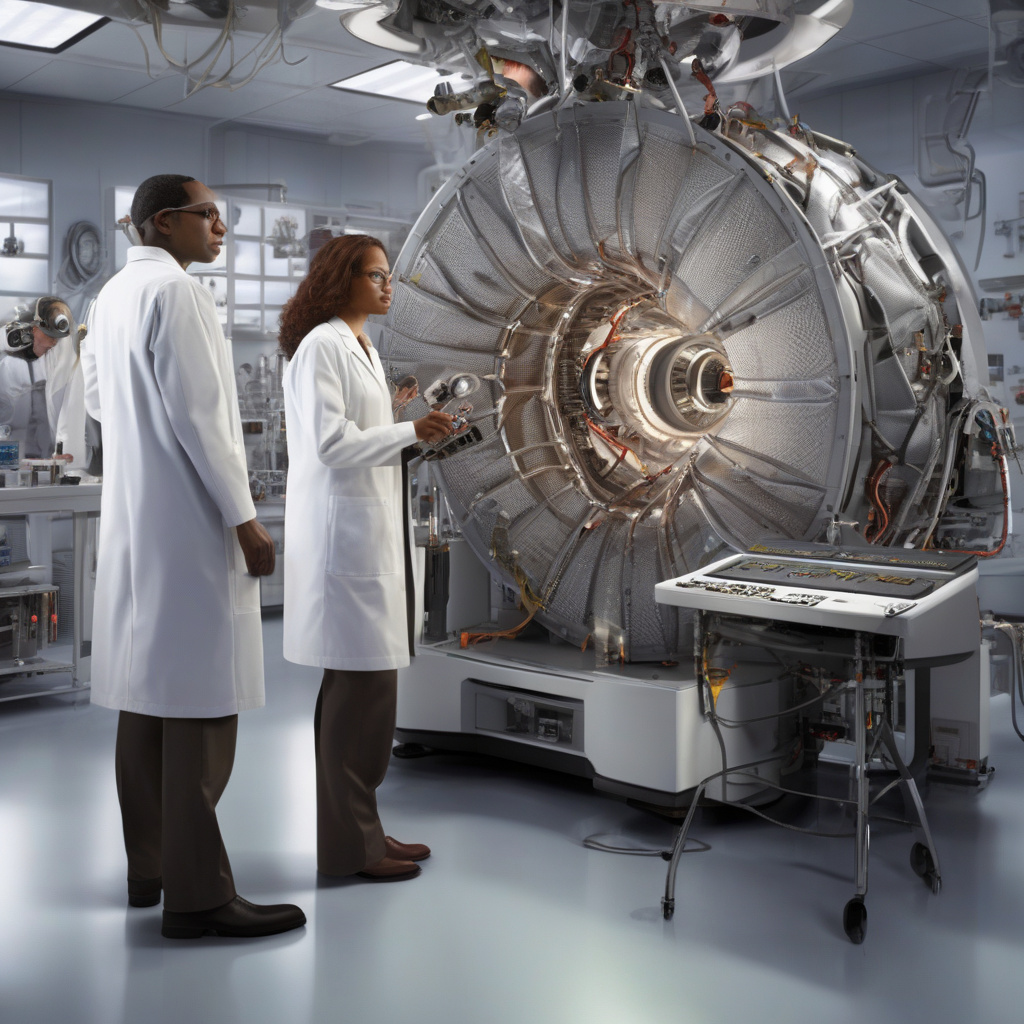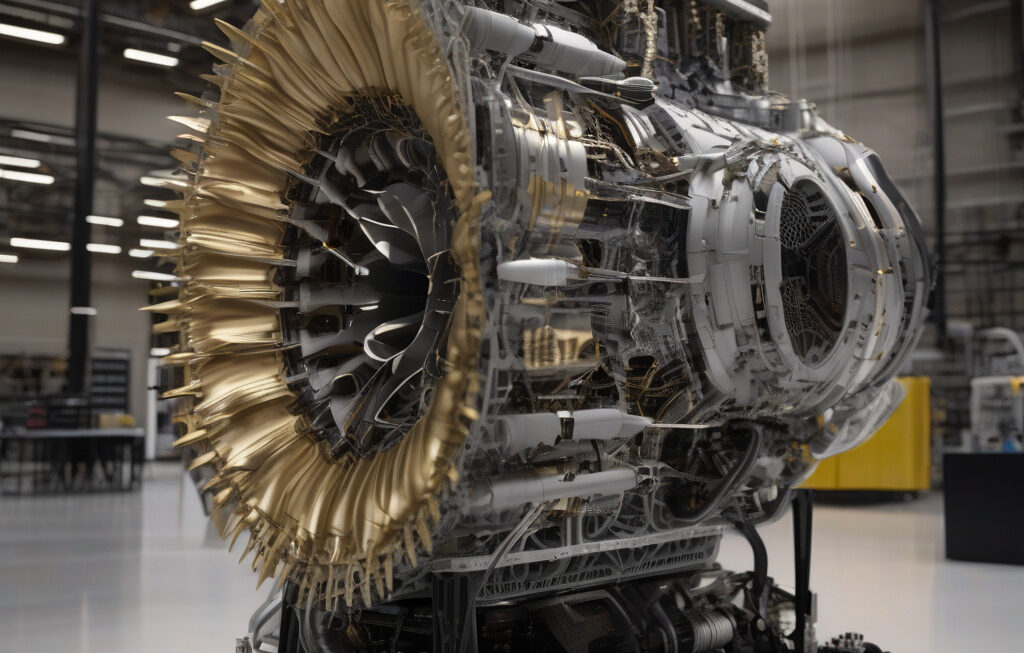Revolutionizing Rocket Technology: How ‘Sweaty’ Spacecrafts Could Make Reusable Rockets a Reality
Spacecraft design is on the edge of a major breakthrough — not in speed or size, but in sustainability. In an ambitious move towards making rockets reusable and revolutionizing air travel, US engineers are delving into the concept of ‘sweaty’ spacecraft technology. This innovative approach aims to mimic the human body’s cooling system to prevent the spacecraft from overheating during re-entry into the Earth’s atmosphere, ultimately paving the way for more cost-effective and eco-friendly space travel.
The idea behind ‘sweaty’ spacecraft technology is both simple and ingenious. By incorporating a system that releases water vapor through the spacecraft’s skin, engineers can effectively cool down the vehicle and protect it from the extreme heat generated during re-entry. This concept draws inspiration from the way our bodies sweat to regulate temperature, highlighting the potential for biomimicry to drive innovation in aerospace engineering.
The implications of this technology are far-reaching, with the most notable impact being the advancement of reusable rocket technology. Currently, most rockets are designed for one-time use, leading to exorbitant costs and significant environmental waste. By developing spacecraft that can withstand multiple journeys through the use of ‘sweaty’ technology, engineers are poised to revolutionize the space industry and make commercial space travel more accessible than ever before.
One of the key players in this groundbreaking research is NASA, the United States’ premier space agency. NASA has been actively testing ‘sweaty’ spacecraft technology as part of its efforts to enhance the sustainability and efficiency of space travel. Through rigorous testing and simulations, engineers have been able to demonstrate the viability of this innovative cooling system, bringing us one step closer to a future where rockets can be reused much like commercial airplanes.
The potential benefits of reusable rockets extend beyond the realm of space exploration and have significant implications for air travel as well. Imagine a world where space travel is as routine and affordable as taking a plane ride. With ‘sweaty’ spacecraft technology leading the way, this vision may soon become a reality, ushering in a new era of transportation and exploration.
As with any groundbreaking innovation, there are challenges and obstacles to overcome. Ensuring the safety and reliability of ‘sweaty’ spacecraft technology will be paramount, as any failure during re-entry could have catastrophic consequences. Additionally, the scalability and practicality of implementing this cooling system on a larger scale will require further research and development.
Despite these challenges, the potential rewards of ‘sweaty’ spacecraft technology are too significant to ignore. From reducing the cost of space missions to opening up new possibilities for commercial space travel, this innovative approach holds promise for transforming the way we think about rockets and redefining the future of aerospace engineering.
In conclusion, the development of ‘sweaty’ spacecraft technology represents a major leap forward in the quest for reusable rockets and sustainable space travel. By harnessing the power of biomimicry and innovation, engineers are pushing the boundaries of what is possible in the field of aerospace engineering. As we look towards a future where space travel is not just reserved for astronauts but accessible to all, ‘sweaty’ spacecraft technology stands out as a shining example of human ingenuity and determination.
#SpaceTravel, #ReusableRockets, #AerospaceEngineering, #SustainableInnovation, #FutureTransportation












